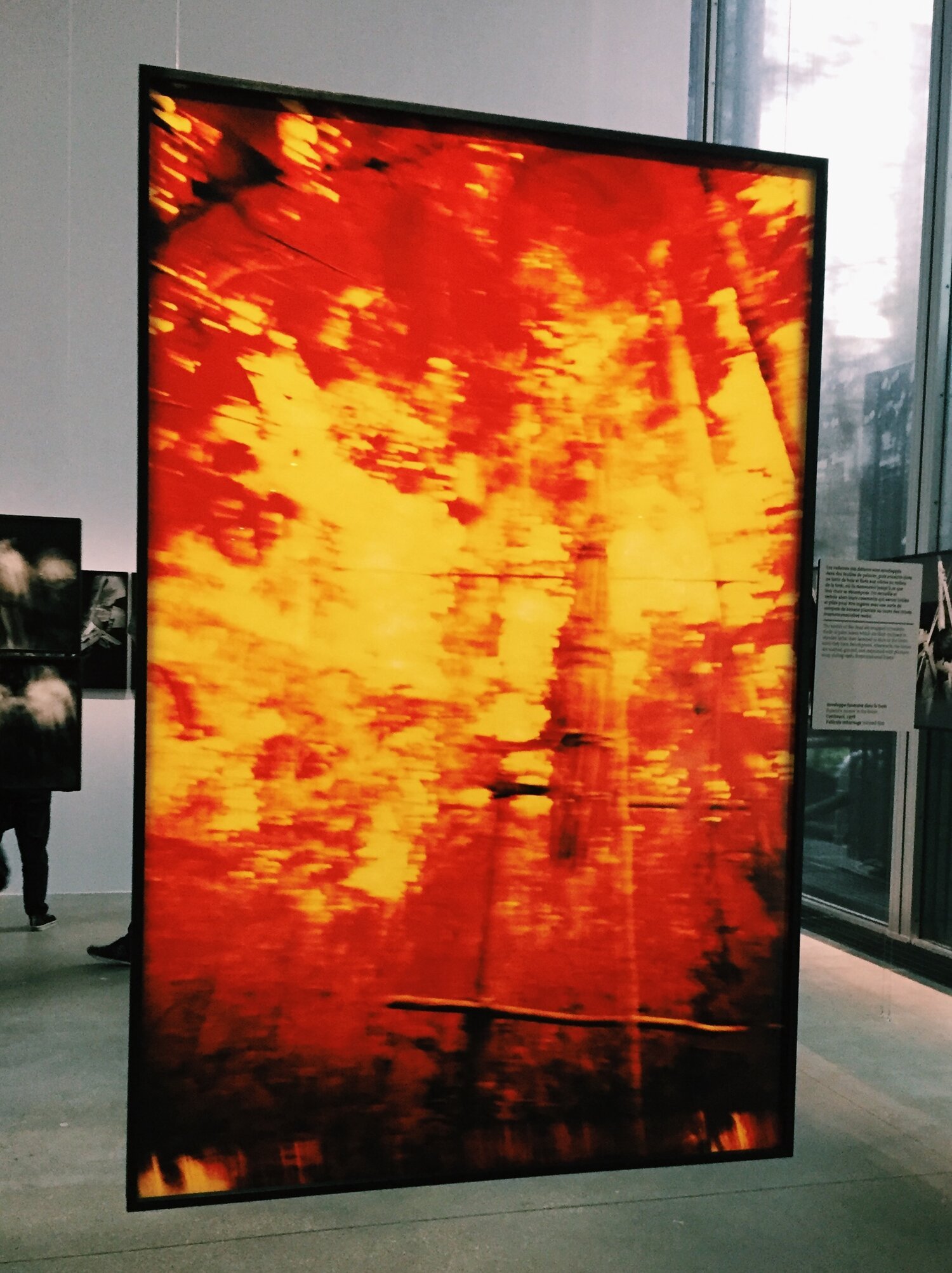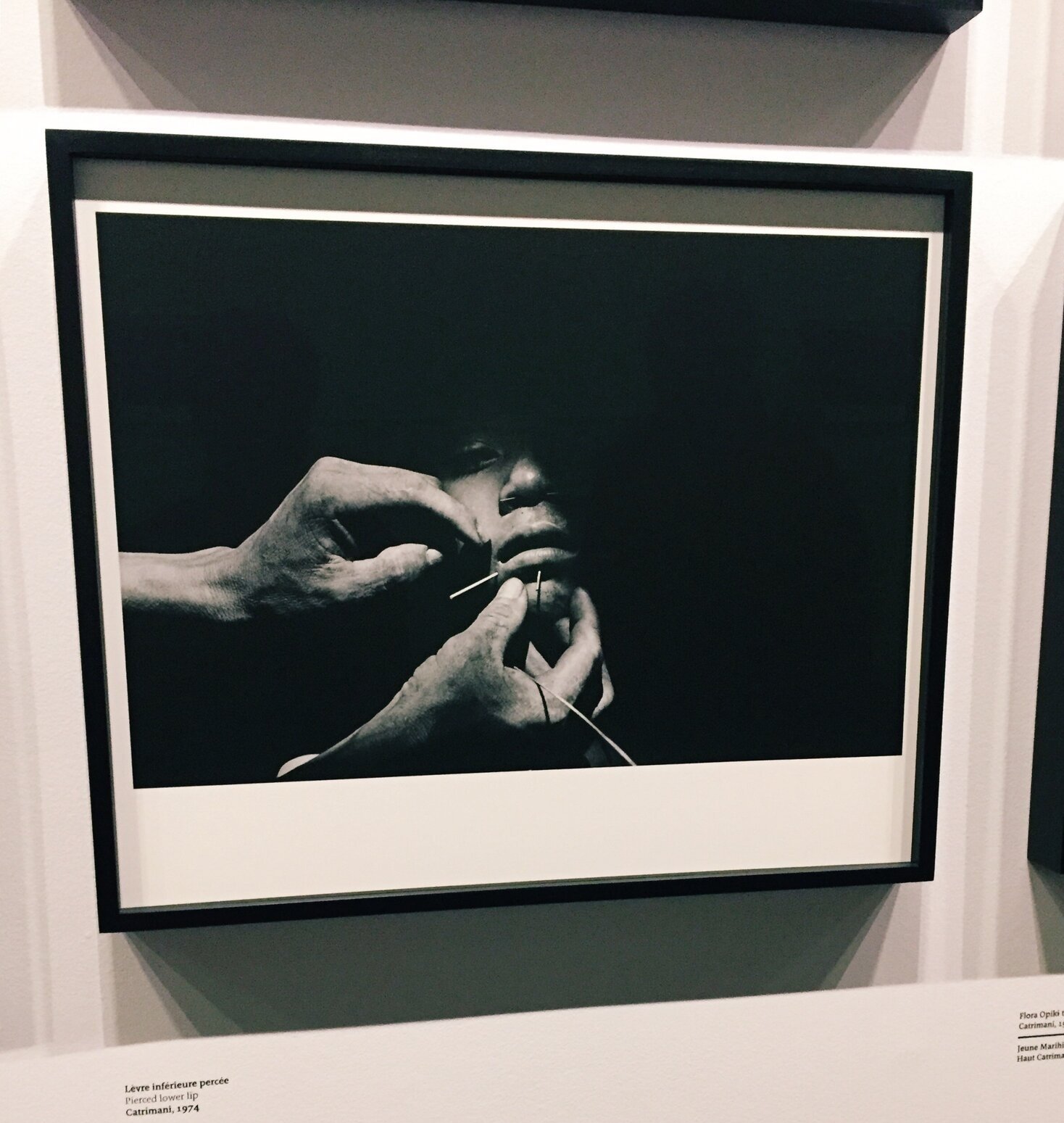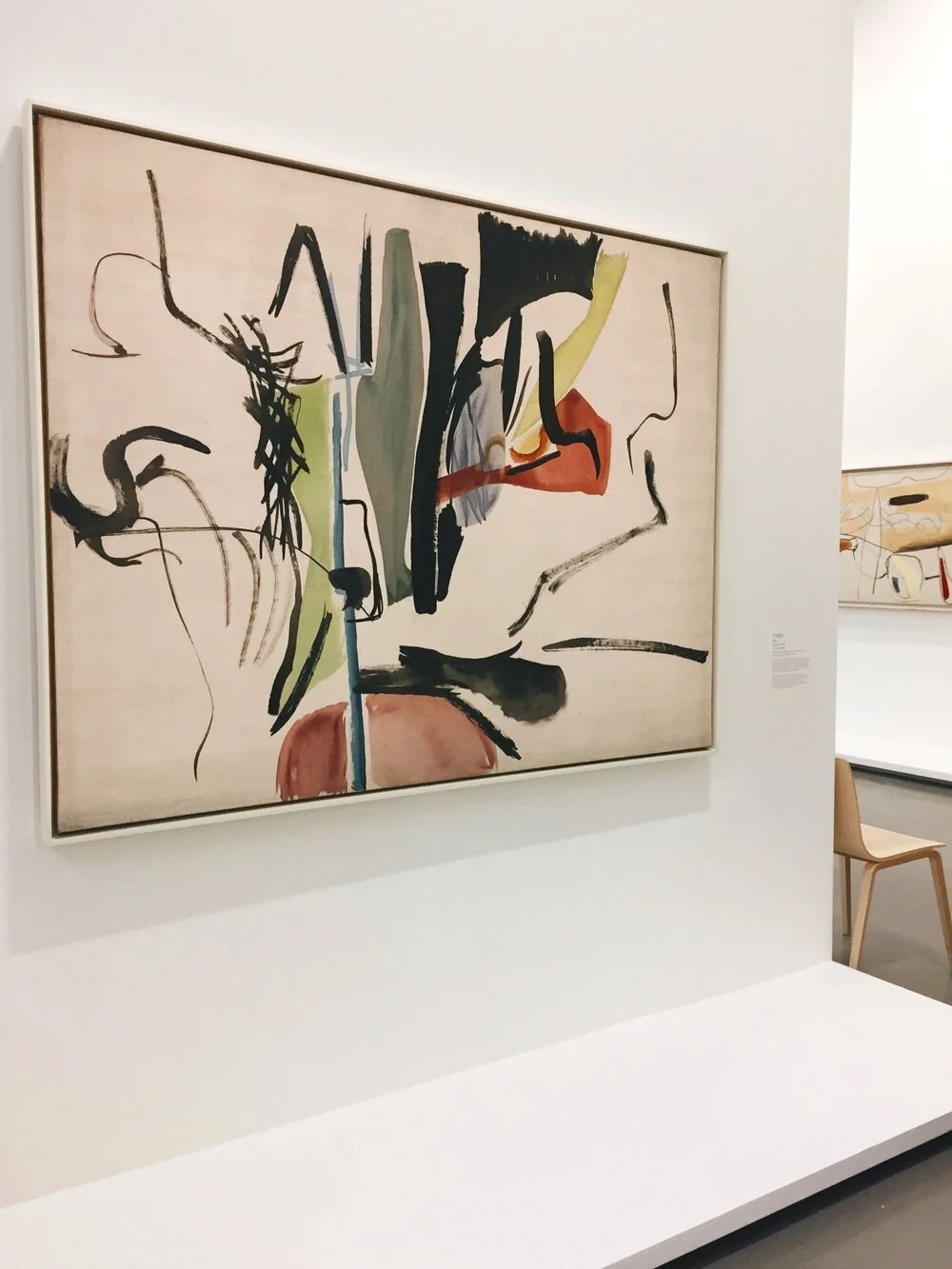Exhibition Review: Claudia Andujar at Fondation Cartier
Fondation Cartier is an institution for contemporary art in Paris, France. The private museum—established by the namesake luxury jewelry brand—is dedicated to promoting and raising public awareness of contemporary art in all mediums. Fondation Cartier has its proper collection containing works from over 350 artists. Its space, however, only allocates itself to whichever exhibition is on view. As the permanent collection is not on display, the foundation closes between exhibitions. I went to see Claudia Andujar: The Yanomami Struggle, an exhibition examining the work of the prolific photographer and advocate.
The museum is located in the 14th arrondissement of the city and features a hyper-modern, glass-paneled facade. I would recommend purchasing tickets online, that way you can skip the line. There are youth and student discounts available.
The Yanomami Struggle
Claudia Andujar is a Swiss-born artist, who fled to Austria during World War II (her father later died at a concentration camp). Post-war, she went to the United States, followed by Brazil, to reunite with her mother. She became involved in photojournalism, where she first encountered the Yanomami, an isolated Amazonian tribe. She grew dedicated to the tribe, became friends with the members and leaders of the community, and ended up documenting the Yanomami for the years that followed.
The exhibition is spread over the institution’s two floors, split between two main themes: Andujar’s artistic approach to photography, and her use of photography as a tool for activism. The former concerns her technical skill and unique eye in immortalizing the everyday lives as well as shamanic rituals of the Yanomami tribe. Beyond basic documentation of Yanomami activities and rituals, Andujar employed innovative techniques to capture emotion and intensity. She applied vaseline on her lenses, implemented color filters and experimented with shutter speed to create photos that were at times abstracted and dynamic, at others intimate and somber. Her oeuvre includes richly-saturated color images, energetically-captured religious ceremonies, and tender portraiture.
The latter part of the exhibition illustrated Andujar’s photography as a political tool in the fight against the destruction of Yanomami land and genocide of their people. The deforestation and relegation of the tribe for the construction of a highway in the 1970s pushed Andujar to defend the tribe’s homeland.
The resulting disease and displacement led Andujar to create a series of black-and-white portraits of the Yanomami as part of a vaccination campaign. The tribe members wear medical ID numbers around their necks, which hauntingly recalls the number tattoos of the Holocaust, exposing the occurring violence and erasure of the Yanomami. Eventually, the tribe obtained a legally demarcated homeland, but to this day still face threats of climate change and illegal deforestation. With the recent Amazon crisis and unceasing global environmental decline, this exhibition is a reminder that the fight is not over.
This exhibition will be on view until May 10, 2020.












